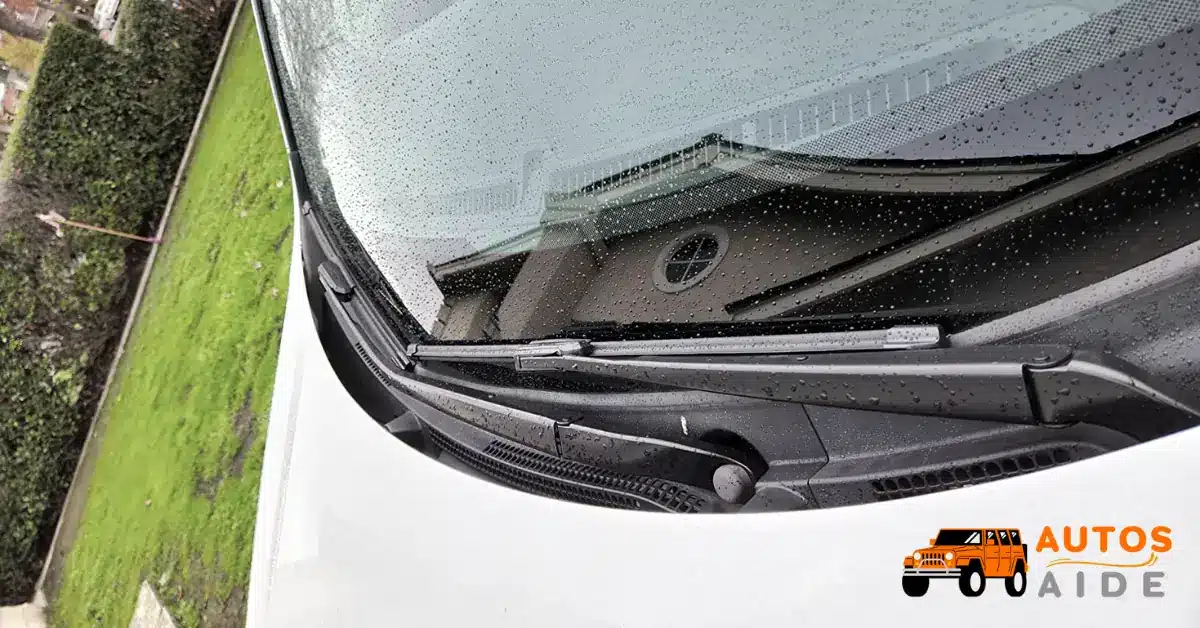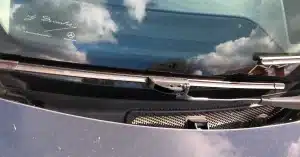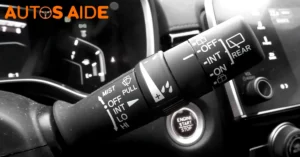I have been an admirer of Rain X wiper blades for years. They offer a diverse range of wiper blades that caters to almost every car owner. Today, I want to turn the spotlight on Rain X Weatherbeater and Latitude, two of the most popular Rain X offerings in the market.
In this Rain X Weatherbeater vs. Latitude review, I will focus on the distinctive features. What makes the Weatherbater good, and what should make you consider buying the Latitude? After going through this piece, I hope you will know your preference between these two.
Alright, let’s dig in!
Read More: Rain X Latitude vs. Bosch Icon
Read More: Rain X Beam vs. Hybrid
Rain X Weatherbeater vs. Latitude
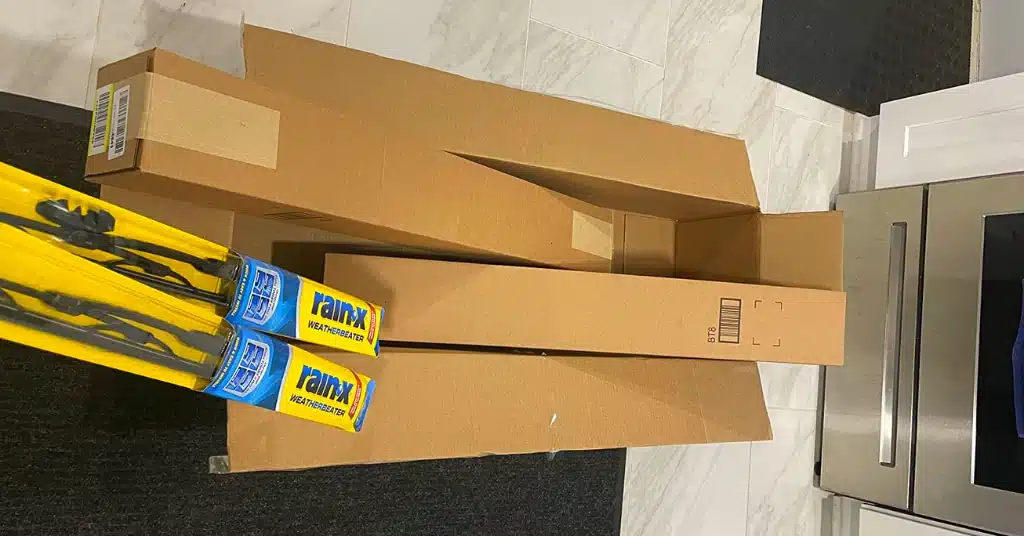
Design
The Rain X Latitude is one of the pioneers in the beam wipers scene. These have more of a contoured shape to adapt to the windshield curvature. In doing so, beam blades fit better, and they distribute uniform pressure throughout their frame.
The Weatherbeater was a much later inclusion to the Rain X range. The company launched the product in 2001; since then, it has been one of its most in-demand wiper blades. However, the Rain X Weaherbater comes in a vintage style.
It has a linear design with a firm rubber squeegee. It’s not as flexible as the Latitude and has multiple pressure points. It has a multi-hinged metallic frame instead of an aerodynamic spoiler. You won’t find any graphite coatings as well, unlike the Latitude.
Read More: Rain-X Expert Fit vs. Latitude
Coating Quality & Lifespan
Let’s get to the rubber materials that coat these blades. In the Latitude, you get synthesized rubber that has been specially formulated to give the wiper an edge. It provides faster wiping and a clearer windshield view.
With the Weatherbeater, you get untempered natural rubber. Even though it can’t match the performance of the Latitude rubber, the Weatherbeater coating is not frivolous by any means. Rain X has thrown in embedded friction reducers to prolong the lifespan of these blades and prolong its lifespan.
According to Rain X, both the Weatherbeater and the Latitude are expected to last from 6 to 12 months. But if you look through user reviews, you will discover that the Latitude is more likely to hit the 12-month mark and beyond than the Weatherbeater.
The aerodynamic spoiler that covers the Latitude blades makes them virtually corrosion free. Hence, it’s not a surprise that they last longer.
Read More: Rain X vs. Bosch Wiper Blades
Read More: Rain-X Quantum vs. Latitude
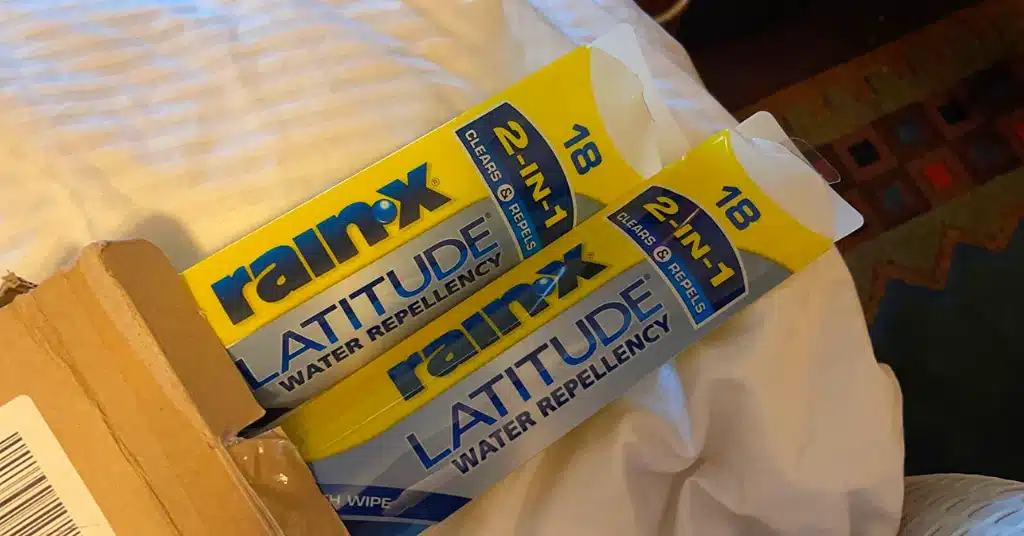
Performance
You can already imagine that the Latitude performs better than the Weatherbeater since it’s more premium. But how large is the performance gap?
Rain X uses a trademark water-repellant technology in its Latitude wipers. You will not get this in the Weatherbeater. It’s also unavailable in the Fusion series, which are hybrid blades. For this reason, Rain X Latitude is substantially better at removing rainwater. It’s the best Rain X has to offer.
Because of the curved shape, the Latitude also has improved aerodynamics. Why do wiper aerodynamics matter, you ask? Better aerodynamics minimizes wind interference and allows the wipers to perform their task naturally. So, the blades continue to operate at maximum efficiency when the vehicle is speeding through a downpour.
Okay, enough with the Latitude; let’s see what the Weatherbeater packs. We are dealing with a multi-hinged, solid frame here that screams durability. You don’t get the aerodynamic spoiler that comes with the Latitude, but the frame itself is made of galvanized steel. No need to worry about rust eating away the blades! Not for a long time, at least!
The Weatherbeater can handle heavy rain pretty well. The wipers will not leave any unsightly streaks behind, thanks to the embedded friction reducers. The Weatherbeater delivers almost the same level of visibility as its premium counterpart when it’s raining moderately. In heavy rain, however, it ain’t no smooth operator.
The difference is far less noticeable when it comes to snow removal. It might be a hot take, but I believe the Weatherbeater is better suited for subzero temperatures because of its sturdier frame.
Installation Technique
The Rain X Latitude has a wider compatibility range than the Weatherbeater. You can mount the Weatherbeater on J hook and pin connections. The Latitude covers all that and offers pinch tab and push tab connectivity on top.
Read More: Rain X vs. Michelin Wiper Blades
Read More: Rain X Vision vs. Latitude
Frequently Asked Questions
Are Rain X Latitude Wipers Good?
Rain X Latitude wipers are excellent. What makes them so good? They have a special rubber coating paired with Rain X’s patented water-repellent technology. These wipers fit most modern vehicles because of their beam design. They are not cheap, but they are worthy of the hefty price tag.
Is Rain X Weatherbeater Good For Winter?
Yes, Rain X Weatherbeater is perfectly capable of tackling extreme winter conditions. They remove a good deal of snow with every wipe. The wipers have a rigid, galvanized steel frame. So they won’t snap easily while removing snow deposits from the windshield.
How long do Rain-X Latitude wipers last?
Rain-X Latitude wipers are designed to last up to 6 months, but the actual lifespan can vary depending on several factors such as weather conditions, usage frequency, and wiper blade maintenance.
Are Rain-X Latitude wiper blades made of silicone?
Yes, Rain-X Latitude wiper blades are made of silicone. The silicone construction helps to provide a smooth and streak-free wipe, and also resists heat, cold, and UV rays, which can cause wiper blades to break down and become brittle over time.
Final Opinion
The price is the most convincing point for Rain X Weatherbeater in the Rain X Weatherbeater vs. Latitude argument. The Weatherbeater is almost half the price of the Latitude. The Latitude is the obvious superior blade, but you will get a decent enough output from the Weatherbeater at a much lower price.

